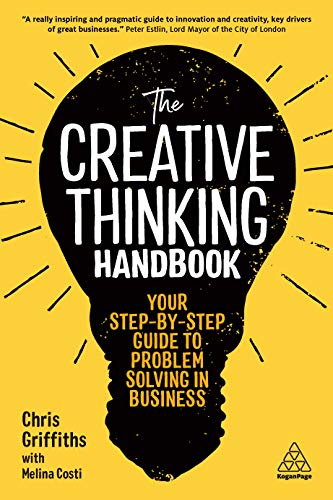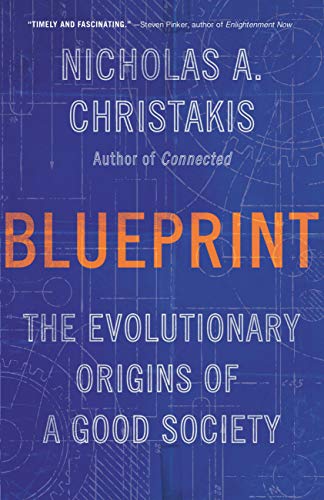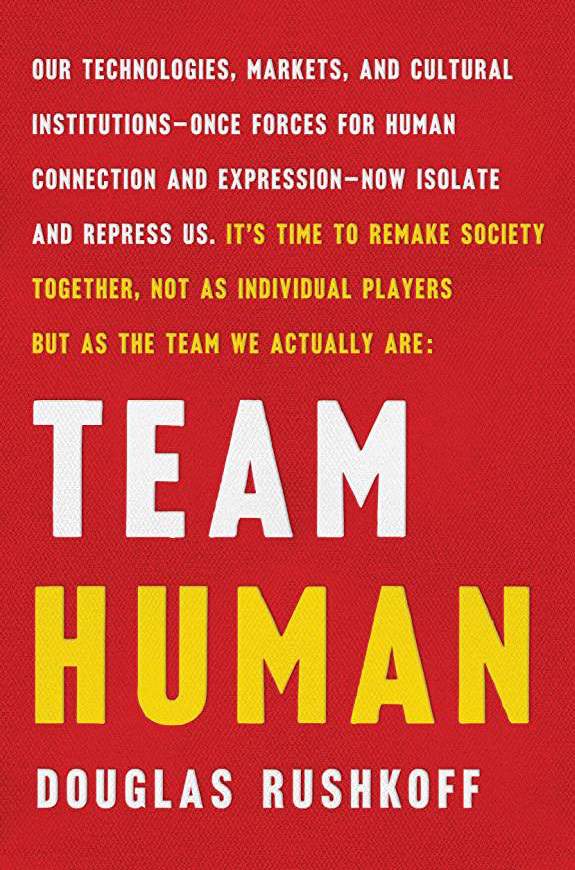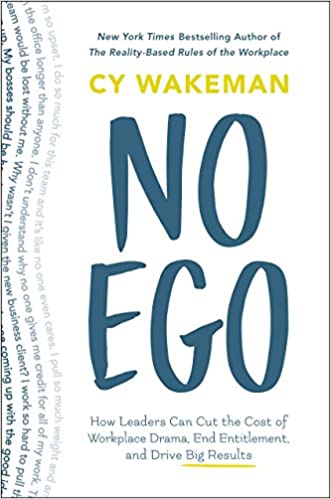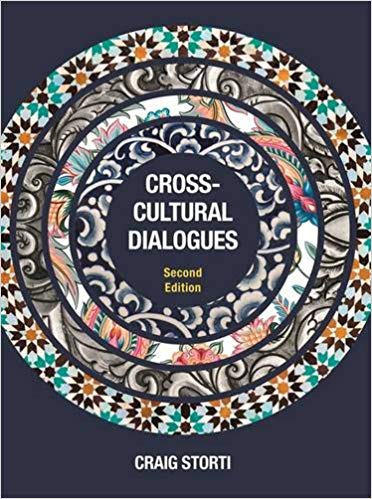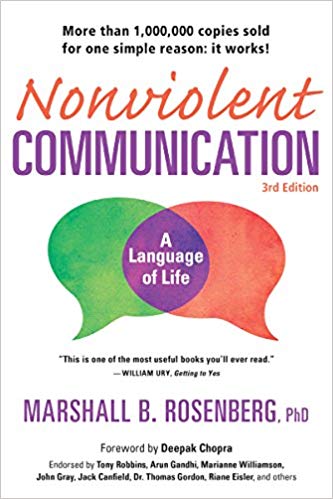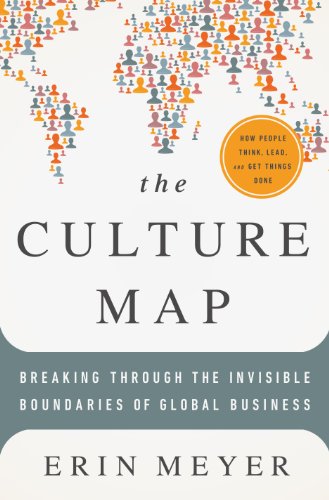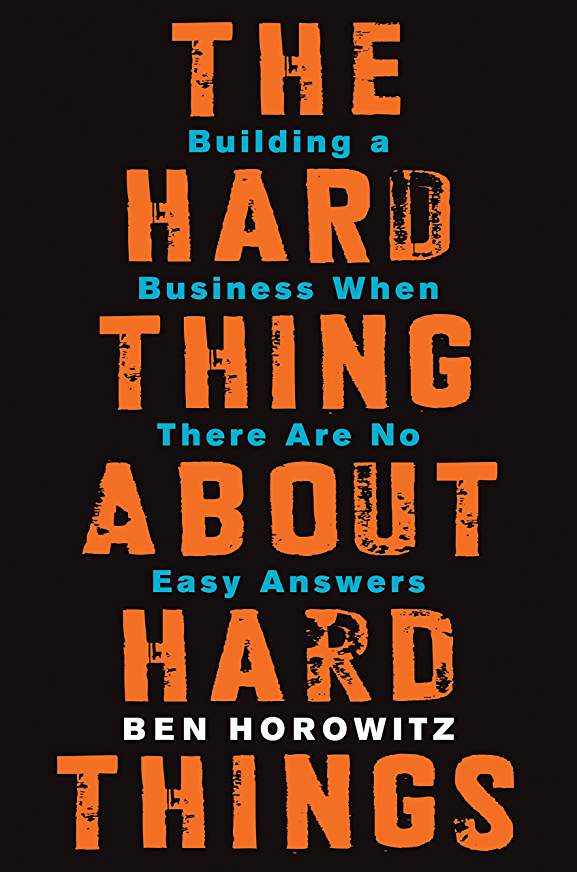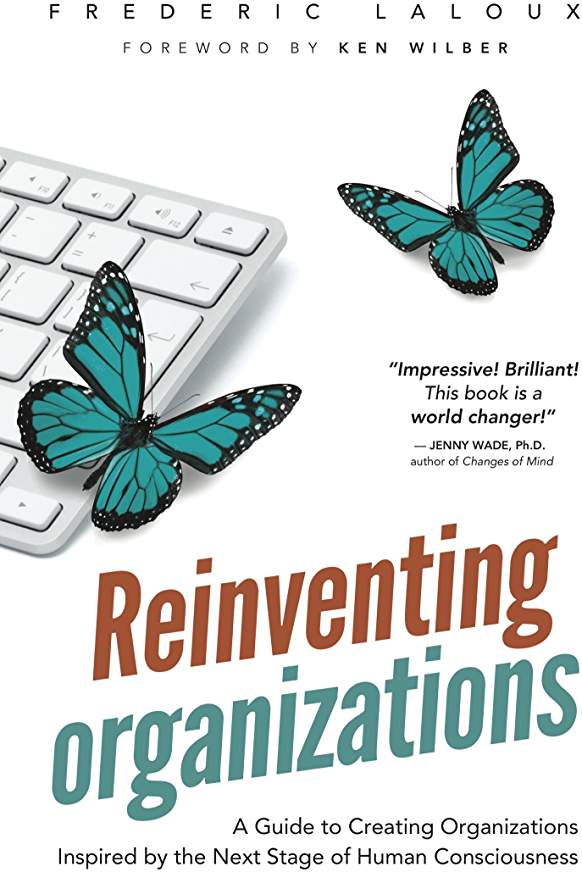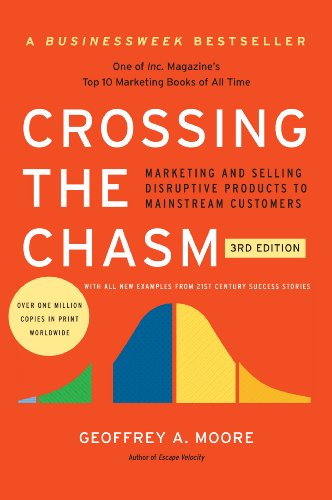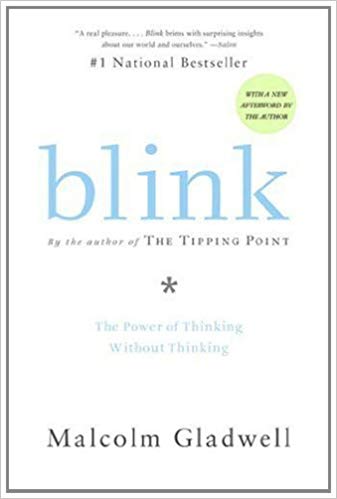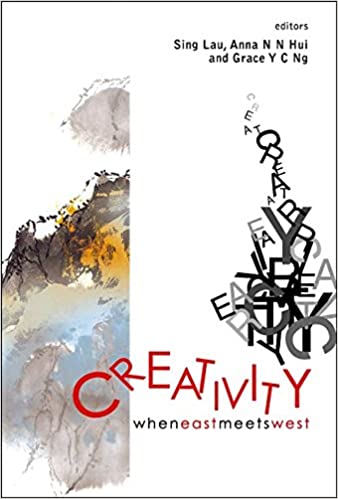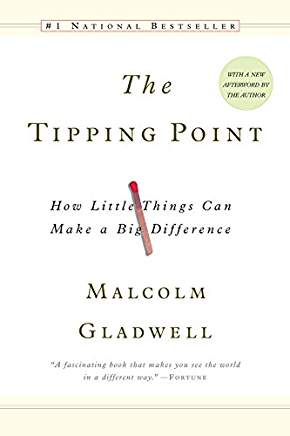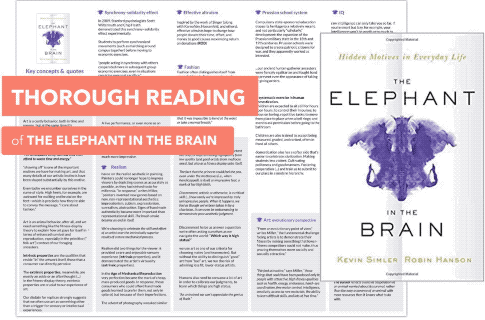Team Collaboration
living idea
The use of collective intelligence in knowledge creation
Concepts ?
Resources ?
Filter 52 resources by topic
Books (37)
- “The ultimate guide to using the magical power of funny as a tool for leadership and a force for good.”—Daniel H. Pink, #1 New York Times bestselling authorFeb 2, 2021
- How to integrate data teams into organization in an effective way, enabling executive data science practices.Sep 19, 2020
- Introduction to the study of language, its origins along with linguistic relativity, cognitive and social categories.Jan 2, 2020
- Based on long-term research and testing of the creative thinking process, The Creative Thinking Handbook helps to generate more ideas and find brilliant solutions for any professional challenge.Jul 7, 2019
- Make Yourself Clear explains the many parallels between teaching and business and offer companies, both large and small, concrete advice for building the teaching capacity of their salespeople, leaders, service professionals, and trainers.Jul 4, 2019
- The book covers recent theoretical, empirical, and practical developments that provide a solid basis for the practice of collaborative innovationApr 30, 2019
- The handbook introduces creativity scholarship by summarising its history, major theories and assessments, how creativity develops across the lifespan, and suggestions for improving creativity.Apr 24, 2019
- How our genes affect not only our bodies and behaviors, but also the ways in which we make societies, ones that are surprisingly similar worldwide. A synthesis of history, philosophy, anthropology, genetics, sociology, economics, epidemiology, statistics, and moreMar 26, 2019
- Drawing on a vast body of experimental research, Iain McGilchrist argues that the left brain makes for a wonderful servant, while the right side takes the position of the more reliable and insightful master.Mar 26, 2019
- Douglas Rushkoff wrote this book to help as many people as possible who now struggle in the world of today. It feels as if civilization itself were on the brink, and that we lack the collective willpower and coordination necessary to address issues of the very survival of our species." He then asserts, "It doesn't have to be this way."Jan 22, 2019
- A set of practical strategies to embrace differences and work successfully across increasingly diverse business cultures. Publication coming from a chairman of an international institute of cross-cultural training with offices in over 30 countries and founder of the quarterly magazine Cross CultureDec 18, 2018
- Bringing together economics and conflict resolution, counselling and mindfulness, Kofman provides a leadership framework that is counterintuitive to the regular MBA practices but based on a very firm foundation - the meaning.May 1, 2018
- The book brings together research on various topics of limited reach that, when combined, speak to the outrageous gall of the mind in recreating reality to its own liking, and then covering its tracks.Dec 1, 2017
- The book challenges the traditional beliefs on employee engagement and traditionalist leadership. It explains why it is time to move on and take on alternative takes on employee engagement.Sep 1, 2017
- The book provide an essential foundation for understanding the impact of culture on global business and global business on culture.Mar 17, 2017
- A collection of dialogues on interpreting conversations from the founder of intercultural communication training and consulting firm. 1998 text revised as second editionJan 24, 2017
- Wonderful book about belief systems and how bringing in personal beliefs and values into a business can positively affect the success and impact of businesses.Oct 11, 2016
- An illustrated version that conveys the main ideas of the original book "Reinventing Organizations" that shares many of its real-life stories in a lively, engaging way.Jun 30, 2016
- If "violent" means acting in ways that result in hurt or harm, then judging others, bullying could indeed be called "violent communication." Nonviolent Communication is the integration of four things: Consciousness, Language, Communication, Means of influence, Empathic Connection and Sharing of resources so everyone is able to benefitSep 1, 2015
- The publication integrate three interrelated literatures on Creativity, Innovation, and Entrepreneurship. Chapters were provided by the leading scholars in these research areas.Apr 15, 2015
- The volume systematically presents cultural-historical psychology as an integrative/holistic developmental science of mind, brain, and culture.Sep 30, 2014
- A book that illustrates the misunderstandings that can arise from clashing cultural assumptionsMay 27, 2014
- Ben Horowitz, cofounder of Andreessen Horowitz and one of Silicon Valley's most respected and experienced entrepreneurs, offers essential advice on building and running a startupMar 4, 2014
- Probably the most influential management book of this decade, inspiring to take a radical leap and adopt a whole different set of management principles and practices.Feb 9, 2014
- Marketing and Selling Disruptive Products to Mainstream Customers. The book illustrates existence of a vast chasm between the early adopters and the early majority in the Technology Adoption Life CycleJan 28, 2014
- The book examines ways in which the quality of information can be improved in knowledge-intensive processes (such as on-line communication, strategy, product development, or consultingJun 5, 2013
- Blink reveals that great decision makers aren't those who process the most information or spend the most time deliberating, but those who have perfected the art of "thin-slicing"-filtering the very few factors that matter from an overwhelming number of variables.Apr 3, 2007
- A collection of articles being an attempt at exploring and answering creativity questions from both the Eastern and Western perspectives.Aug 2, 2004
- The volume explores implications of research carried out within the general area of cultural linguistics for the learning of second languages and inter- cultural communicationApr 11, 2004
- Robert K. Greenleaf is considered the creator of the modern trend to empower employees; he also coined the term servant-leadership. Upon his retirement from AT&T, he founded the Center for Applied Ethics.Nov 1, 2002
- The book brings together neuropsychology, cognitive science, and Freudian and Jungian approaches to mythology and narrative, to provide an insight into the precipitous decline in meaning and identitySep 11, 2002
- How Little Things Can Make a Big Difference and the science behind viral trends in business, marketing, and human behavior.Jan 2, 2002
- The description of theory based on universal semantic primitives and relies on a 'natural semantic metalanguage'. Interaction with people by the use and expression of meanings free from ethocentric biasJun 7, 1991
- A collection of essays brings psychiatric and philosophical authority to the discussion of an important topic - creativity. AN enormous amount of seminal works on creativity. Individual papers are all classics.Jun 1, 1976
- A foundational explanation of the theory of motivation. This is the first material in which Maslow presented his hierarchy of needs. Maslow studied what he called exemplary people such as Albert Einstein, Jane Addams, Eleanor Roosevelt, and Frederick Douglass rather than mentally ill or neurotic people.Jun 11, 1943
- < Back The quotes from copyrighted materials are …
- On our worrisome capacity for distorting information that helps us to misconstrue our motives.
Articles (4)
- Creative geniuses can be both a boon and a bane in the workplace, so getting the most of these extraordinary minds can be slippery for everyone involved.May 12, 2021
- The comparison of CPAC creativity scores of different business majors yielded unexpected results. The article offers recommendations for business curriculum.Mar 6, 2015
- How creativity is both nurtured and thwarted when people team up. „Everything . . . is infused with banality. Who is using whom here?''Jul 25, 2012
- HBR article based on a research into team behavior that illustrated, that the same four qualities required for success are the same qualities that undermine success. Also, about creating cooperative “gift culture” instead of “tit-for-tat culture.” and ways of modeling collaborative behavior.Nov 15, 2007
Scientific Papers (7)
- The chapter from "Oxford Handbook of Group Creativity and Innovation" that reviews the extensive literature on brainstorming to determine potential best practices.Jul 24, 2018
- The authors replicate findings of research on candidate genes for creativity with findings, at present, that the genetic base of creativity remains unclear.Mar 24, 2013
- The experimental evidence of the power of using strategic link formation and dissolution, and the network modification it entails, to stabilize cooperation in sizable groupsNov 29, 2011
- Creative people's ability to adjusting their focus of attention as a function of task demands (between defocused attention for high ambiguity of a task to a focused one)Oct 31, 2009
- The proximity of team members has potentially important implications for the collaborative working of teams. Using data from 430 team members and team leaders of 145 software development teams, the results of the regression models show that team members' proximity is significantly related to teamwork qualility.Sep 27, 2004
- The growing awareness, that “good teamwork” increases the success of innovative projects, raises new questions: What is teamwork, and how can it be measured? article develops a comprehensive concept of the collaboration in teams, called Teamwork Quality (TWQ) with its six facets.Aug 1, 2001
- Awareness of the existence of emotional contagion may prove useful in understanding and perhaps advancing various areas of interpersonal communication. People's own emotions were more influenced by the others' nonverbal clues as to what they were really feeling.Jun 1, 1993



